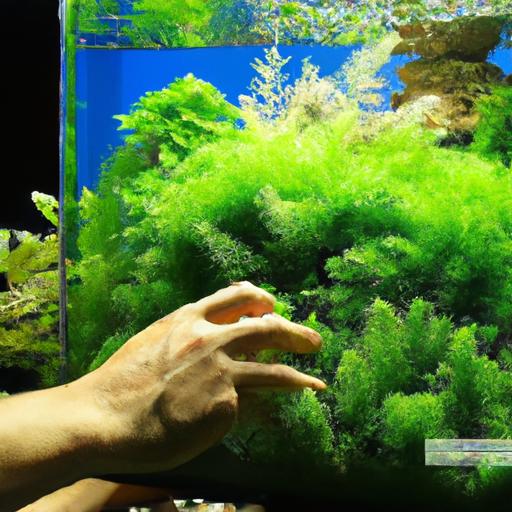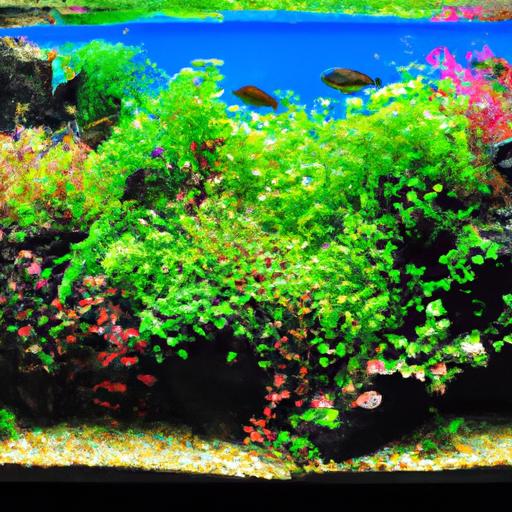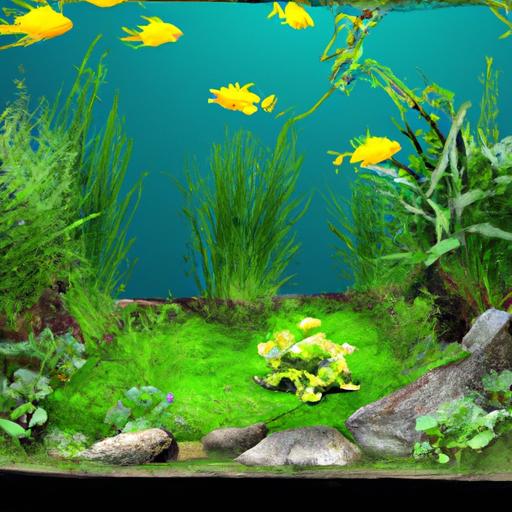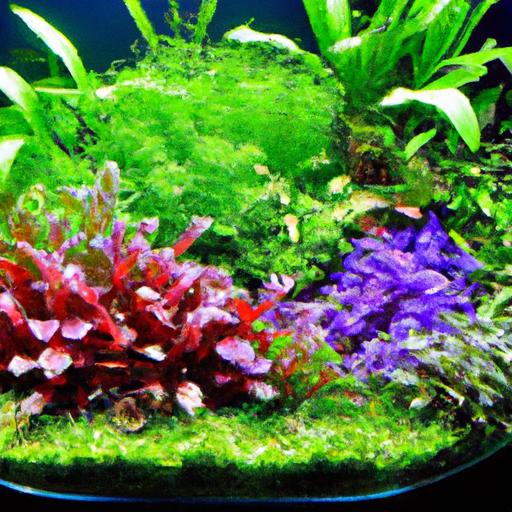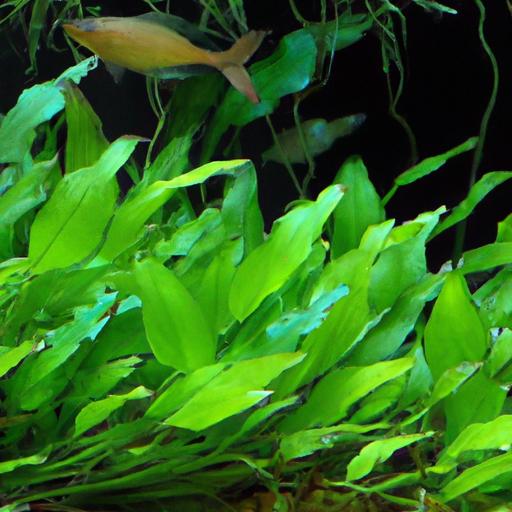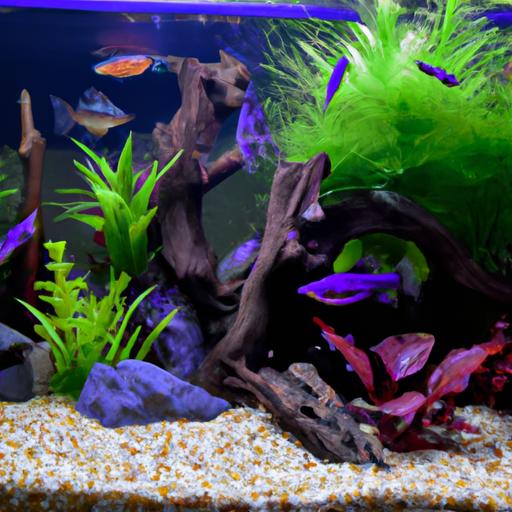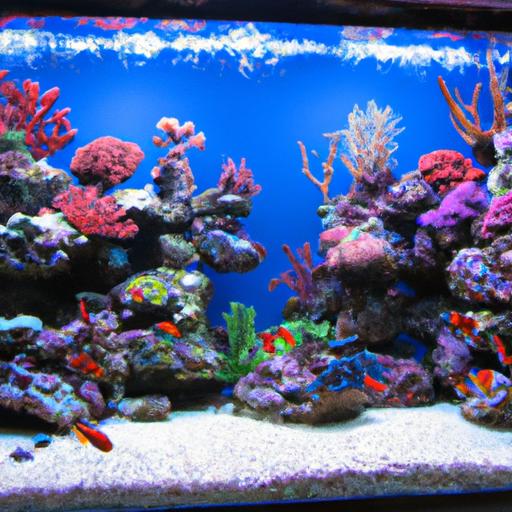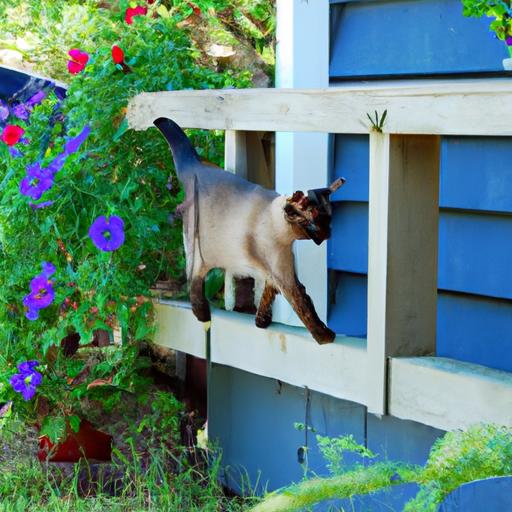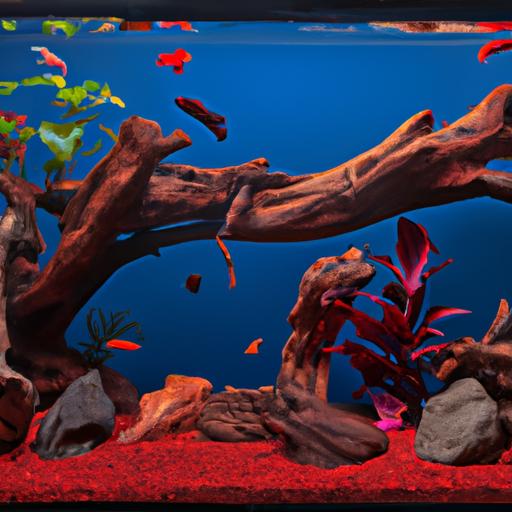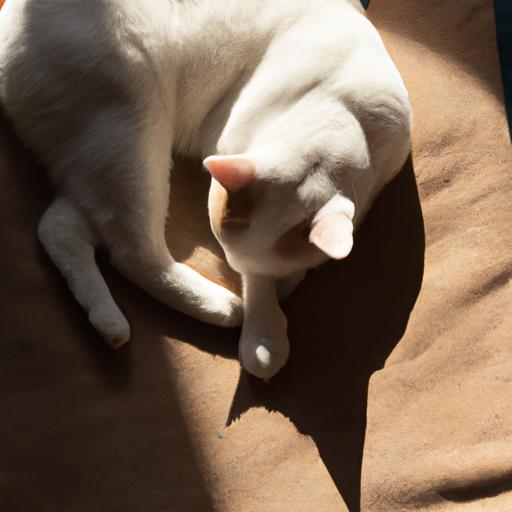Best Practices for Growing Rotala Indica “Bonsai” in Your Aquarium
Discover the best practices for growing Rotala Indica “Bonsai” in your aquarium. Learn about water conditions, lighting, pruning, and more.
Are you ready to create a stunning aquatic masterpiece in your very own aquarium? Look no further than Rotala Indica “Bonsai”! With its vibrant colors and intricate foliage, this plant is a prized addition for any aquarium enthusiast. In this article, we will guide you through the best practices for growing Rotala Indica “Bonsai” in your aquarium, ensuring that you provide the ideal conditions for its growth and maintenance.
Introduction to Rotala Indica “Bonsai” in Your Aquarium
Rotala Indica “Bonsai”: A Brief Overview
Rotala Indica “Bonsai” is a popular aquarium plant known for its unique growth pattern that resembles miniature trees – hence the name “Bonsai.” Originating from Southeast Asia, this vibrant plant adds a touch of elegance and natural beauty to any aquarium.
Importance of Proper Care and Maintenance
To ensure the successful growth and development of your Rotala Indica “Bonsai,” it is crucial to provide it with the right care and maintenance. By following the best practices outlined in this article, you will create an environment where your aquatic bonsai will thrive, enhancing the overall aesthetics of your aquarium.
Best Practices for Growing Rotala Indica “Bonsai” in Your Aquarium
Providing the Ideal Water Conditions
Temperature Requirements
Maintaining the appropriate water temperature is essential for the healthy growth of Rotala Indica “Bonsai.” Aim for a temperature range between 72°F and 82°F (22°C – 28°C), as this mimics its natural habitat and encourages optimal growth.
pH Levels
Rotala Indica “Bonsai” prefers slightly acidic to neutral water conditions. Aim for a pH range between 6.0 and 7.0 to create an environment that promotes its well-being.
Water Hardness
While Rotala Indica “Bonsai” can adapt to a wide range of water hardness, a moderate level of hardness (around 3 – 8 dKH) is generally recommended. Regularly test your water and make necessary adjustments to maintain suitable hardness levels.
Proper Lighting for Optimal Growth
Intensity and Duration
Adequate lighting is crucial for the photosynthetic process of Rotala Indica “Bonsai.” Provide medium to high-intensity lighting for approximately 8 to 10 hours per day. However, be cautious not to expose the plant to excessive light, as it may lead to algae problems.
Choosing the Right Type of Lighting
LED lights are highly recommended for Rotala Indica “Bonsai” due to their energy efficiency and customizable options. Opt for lights that emit a spectrum suitable for plant growth, providing both red and blue wavelengths.
Maintaining a Consistent Lighting Schedule
Consistency is key when it comes to lighting your Rotala Indica “Bonsai.” Establish a regular lighting schedule and avoid sudden changes in intensity or duration, as it can cause stress to the plant.
Nutrient Requirements and Fertilization
Essential Nutrients for Rotala Indica “Bonsai”
To ensure healthy growth and vibrant colors, Rotala Indica “Bonsai” requires a balanced supply of essential nutrients. These include macronutrients such as nitrogen (N), phosphorus (P), and potassium (K), as well as micronutrients like iron (Fe), magnesium (Mg), and calcium (Ca).
Choosing the Appropriate Fertilizers
Select a high-quality aquarium fertilizer specifically formulated for aquatic plants. Look for fertilizers that provide a balanced mix of macro and micronutrients to meet the needs of your Rotala Indica “Bonsai.” Follow the recommended dosage instructions provided by the manufacturer.
Regular Monitoring and Adjustment of Nutrient Levels
Monitor the nutrient levels in your aquarium regularly using test kits. Adjust the fertilization regime accordingly to maintain the optimal nutrient balance for your Rotala Indica “Bonsai.” Be mindful not to overfertilize, as it can lead to nutrient imbalances or algae outbreaks.
Pruning and Trimming Techniques
Importance of Regular Pruning
Regular pruning is vital for maintaining the shape and size of your Rotala Indica “Bonsai.” It helps prevent overcrowding, promotes healthy growth, and improves overall aesthetics. Pruning also encourages the plant to develop more lateral shoots, creating a denser and more visually appealing bonsai-like appearance.
Tools and Methods for Trimming
Use sharp aquatic scissors or pruning shears to trim the stems of your Rotala Indica “Bonsai.” Start by removing any dead or decaying leaves. Trim the stems above a node, which is where new growth will emerge. This technique encourages branching and denser foliage.
Maintaining Desired Shape and Size
Regular trimming allows you to shape your Rotala Indica “Bonsai” according to your preference. Whether you desire a compact and bushy bonsai or a taller and more elegant appearance, pruning helps you maintain the desired shape and size.
FAQ: Common Questions about Growing Rotala Indica “Bonsai”
How fast does Rotala Indica “Bonsai” grow?
Rotala Indica “Bonsai” has a moderate growth rate, and under optimal conditions, it can grow around 2-3 inches per month. However, the growth rate may vary depending on factors such as lighting, CO2 supplementation, and nutrient availability.
Can Rotala Indica “Bonsai” survive in low light conditions?
While Rotala Indica “Bonsai” can survive in low light conditions, it may not exhibit the vibrant colors and compact growth that it is renowned for. To achieve the best results, provide moderate to high-intensity lighting.
How often should I fertilize my Rotala Indica “Bonsai”?
Fertilizing your Rotala Indica “Bonsai” depends on various factors, including your aquarium’s nutrient levels, substrate, and the presence of other plants. As a general guideline, fertilize once or twice a week, adjusting the dosage as necessary based on the plant’s response and the condition of your aquarium.
Can Rotala Indica “Bonsai” be grown without CO2 injection?
Rotala Indica “Bonsai” can indeed be grown without CO2 injection. However, for optimal growth and vibrant colors, supplementing with CO2 can significantly enhance its development. Consider using liquid carbon supplements if you do not have a CO2 injection system.
What are the potential challenges in caring for Rotala Indica “Bonsai”?
Some challenges you may encounter when caring for Rotala Indica “Bonsai” include algae growth, nutrient deficiencies or imbalances, and inadequate lighting. Regular monitoring, appropriate fertilization, and maintaining suitable water conditions will help overcome these challenges.
Conclusion
Congratulations! You are now equipped with the best practices for growing Rotala Indica “Bonsai” in your aquarium. By providing the ideal water conditions, proper lighting, nutrient supplementation, and implementing effective pruning techniques, you can ensure the successful growth and maintenance of this captivating plant. Remember to monitor your aquarium’s parameters regularly and make adjustments accordingly. With patience and dedication, your Rotala Indica “Bonsai” will flourish, transforming your aquarium into a mesmerizing aquatic masterpiece.
